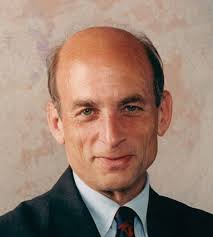Today’s WSJ covers Hollywood’s treatment of business. And so, of course, they went to the Source (link added):
Hollywood has been famously left-leaning for decades, even as it teemed with shrewd business operators. Larry Ribstein, a professor of law at the University of Illinois who wrote a paper called “Wall Street and Vine” about the historically negative portrayal of business in film, concludes that the ongoing antipathy to corporate execs in films has nothing to do with politics. Rather, many creative types—notably screenwriters and directors—are expressing their own perennial resentment of bottom-line focused studio heads, who often seek to dilute a film’s message for mass-market appeal.
Orson Welles, director of the 1941 classic “Citizen Kane,” about a ruthless media mogul based on William Randolph Hearst, detested interference and famously refused to allow studio executives to visit the set. “He was feeling that artist resentment,” says Mr. Ribstein.
The Journal article has interesting background on the current “Margin Call,” which it describes as unusually fair to business, and suggests it’s because the director’s (J.C. Chandor) father, worked for Merrill Lynch:
A low-budget movie with a high-powered cast, its Wall Street characters are flawed, cynical—but, for once, actually human. * * *.
Mr. Chandor says he wanted to draw a more balanced portrait of the financiers who were being demonized in the media for causing the global economic collapse. The caricatures of executives being denounced by politicians at the time bore little resemblance to Mr. Chandor’s dad, he says.
I wonder how sympathetic the film comes out. I remember another director whose father worked in the securities industry — Oliver Stone. (My article about Wall Street discusses, among other things, all the father-son threads in the movie).

